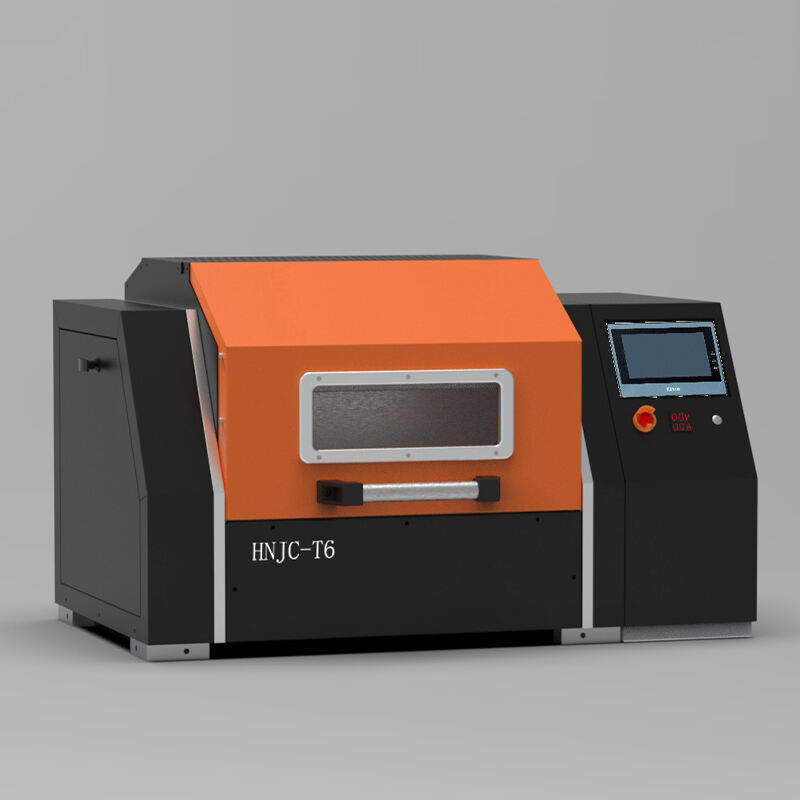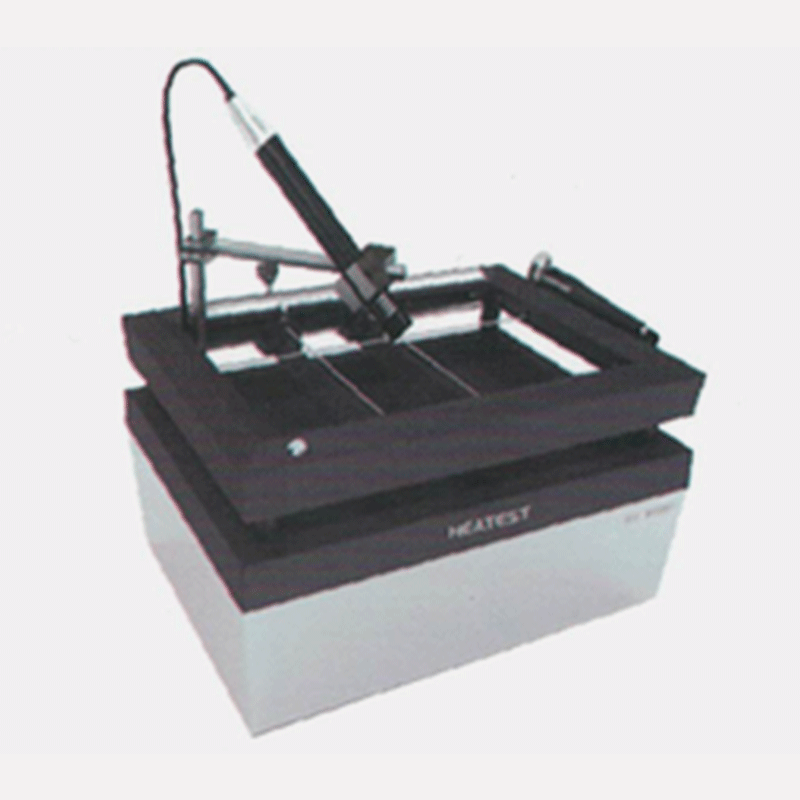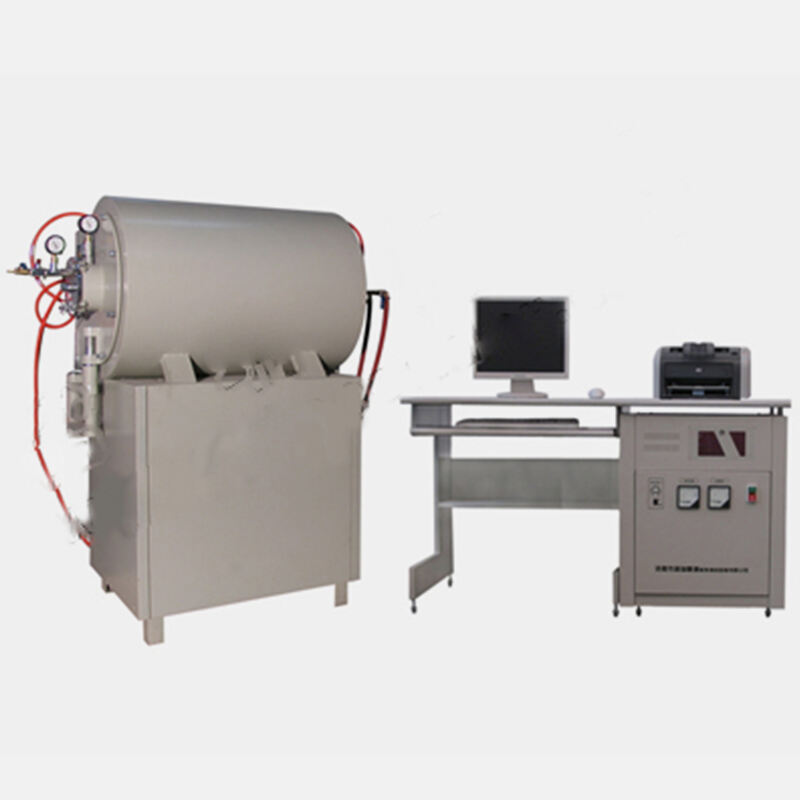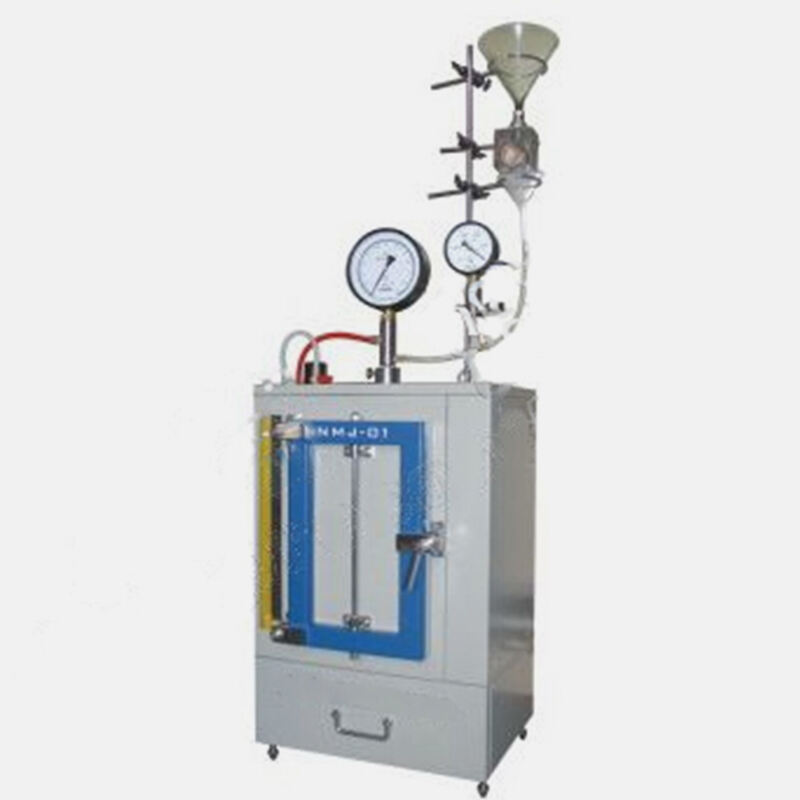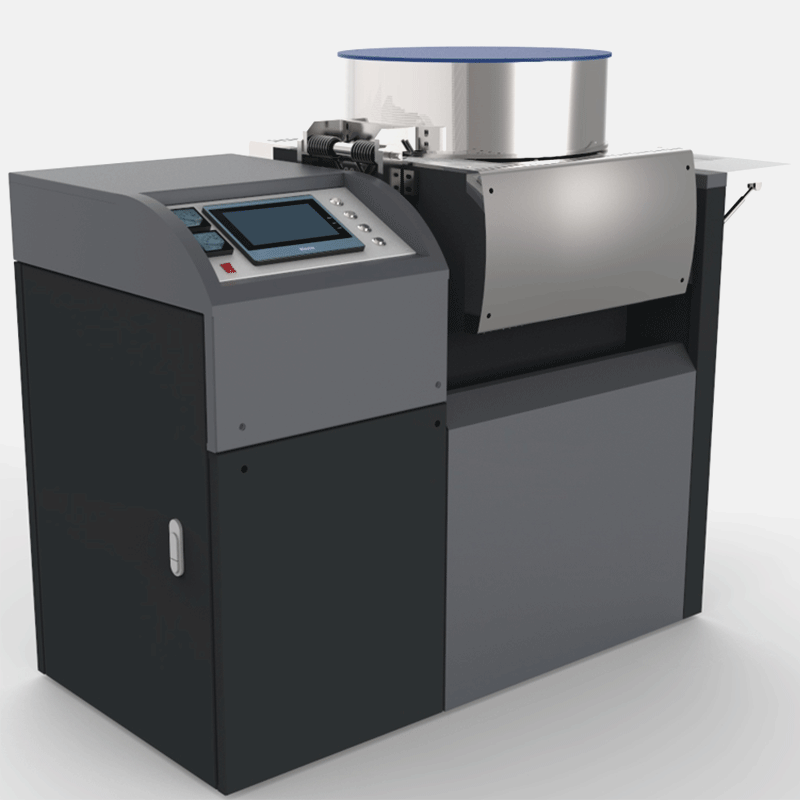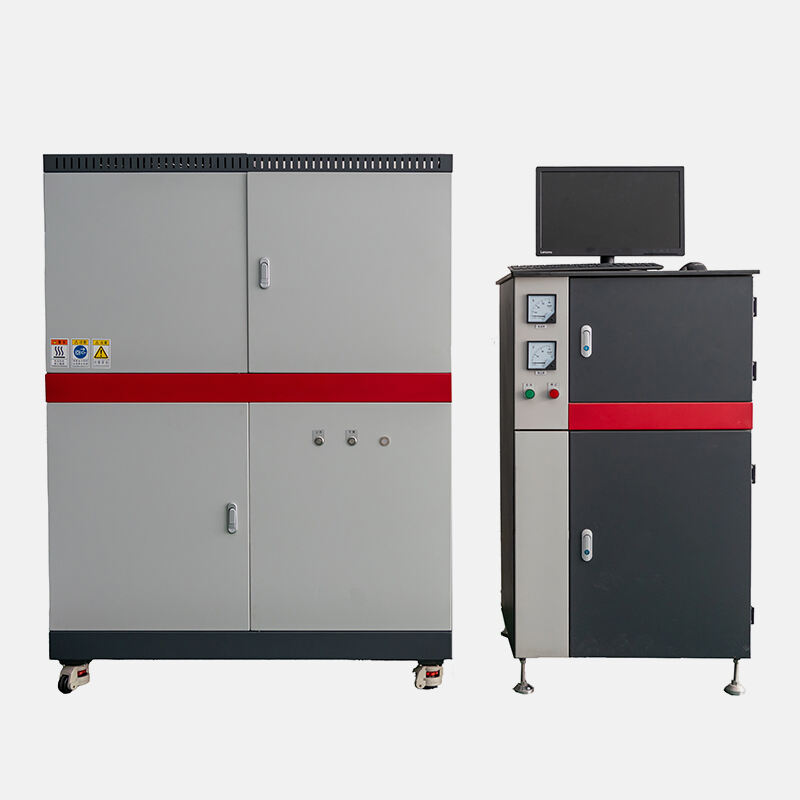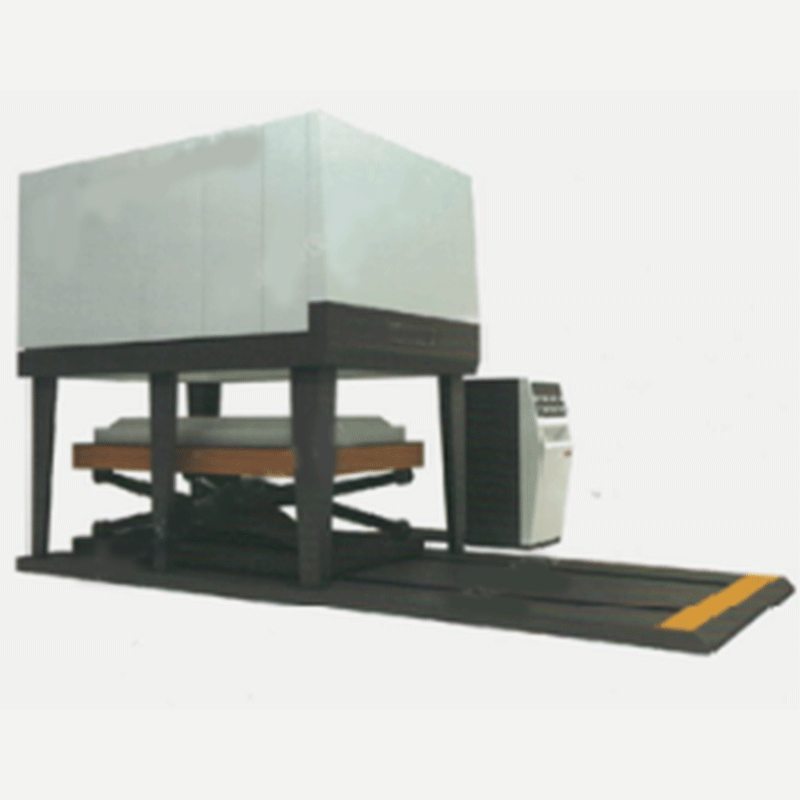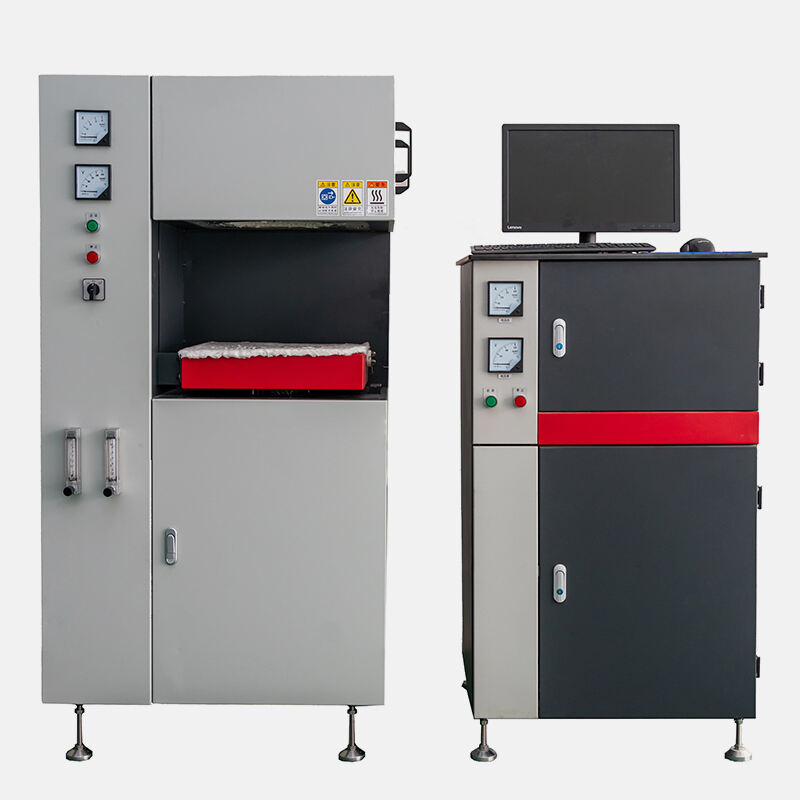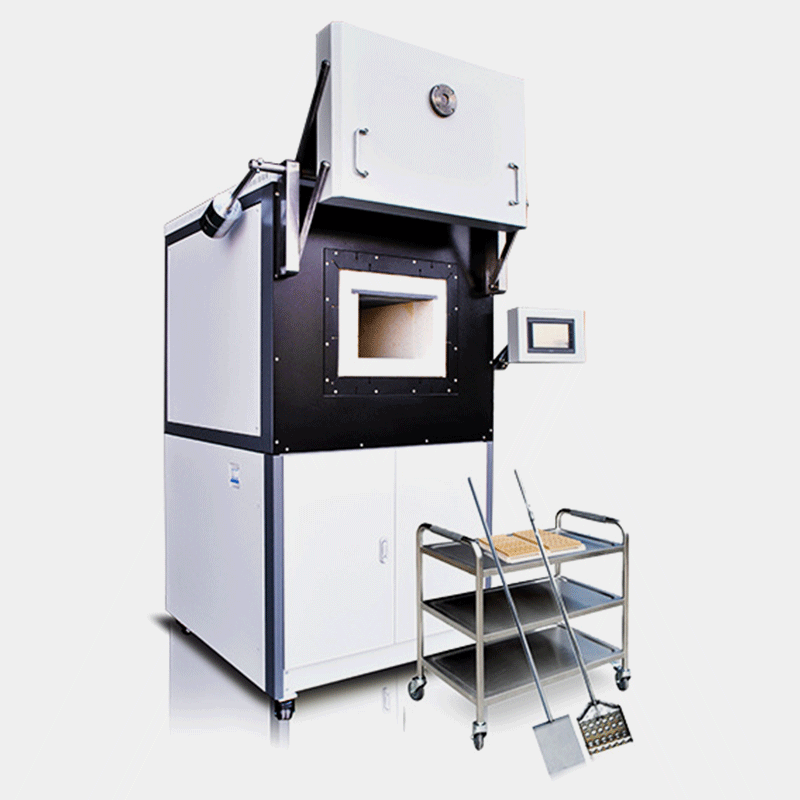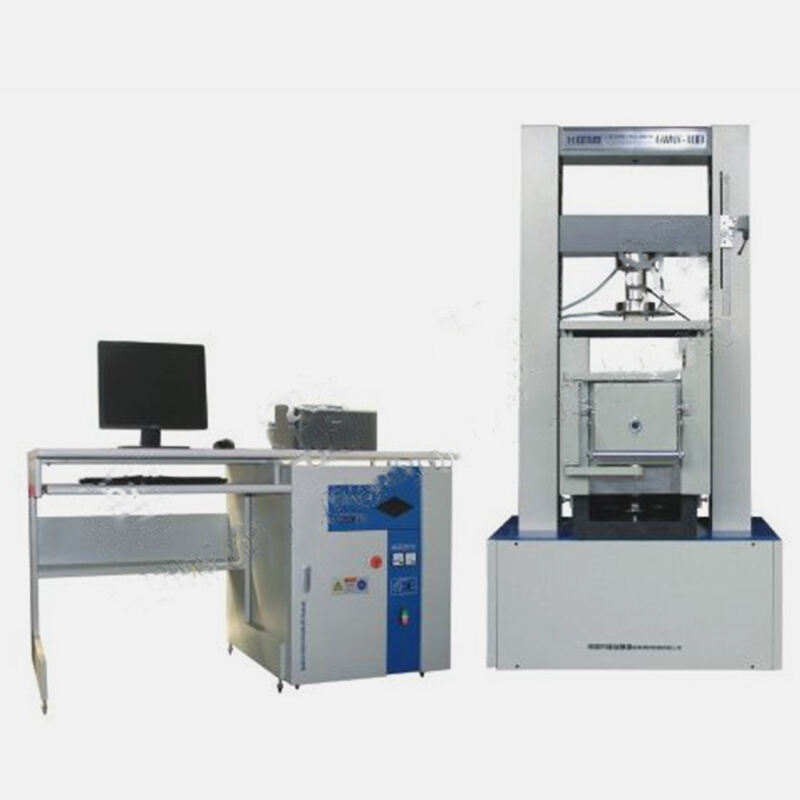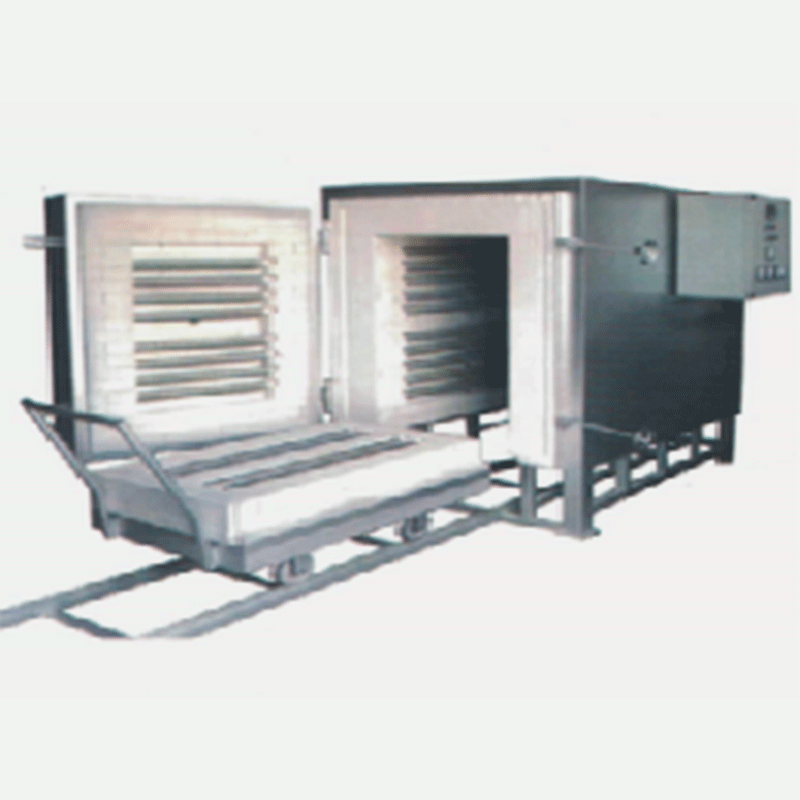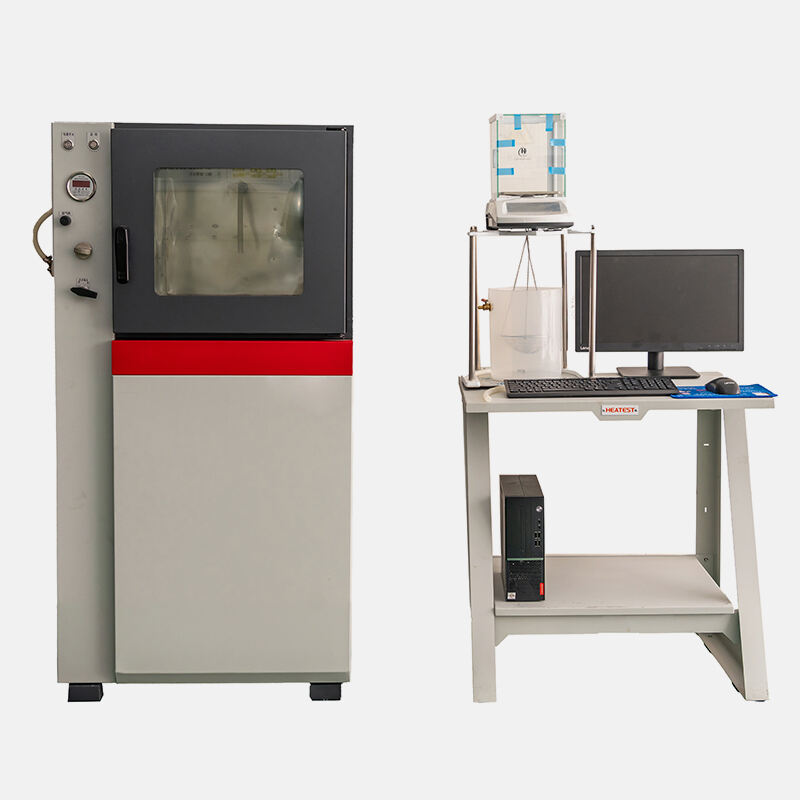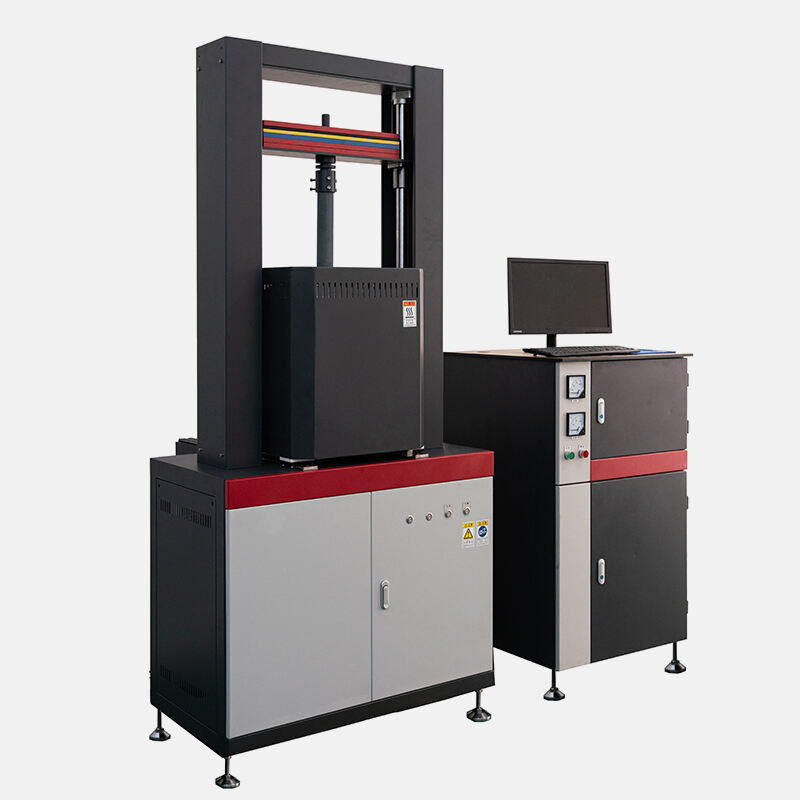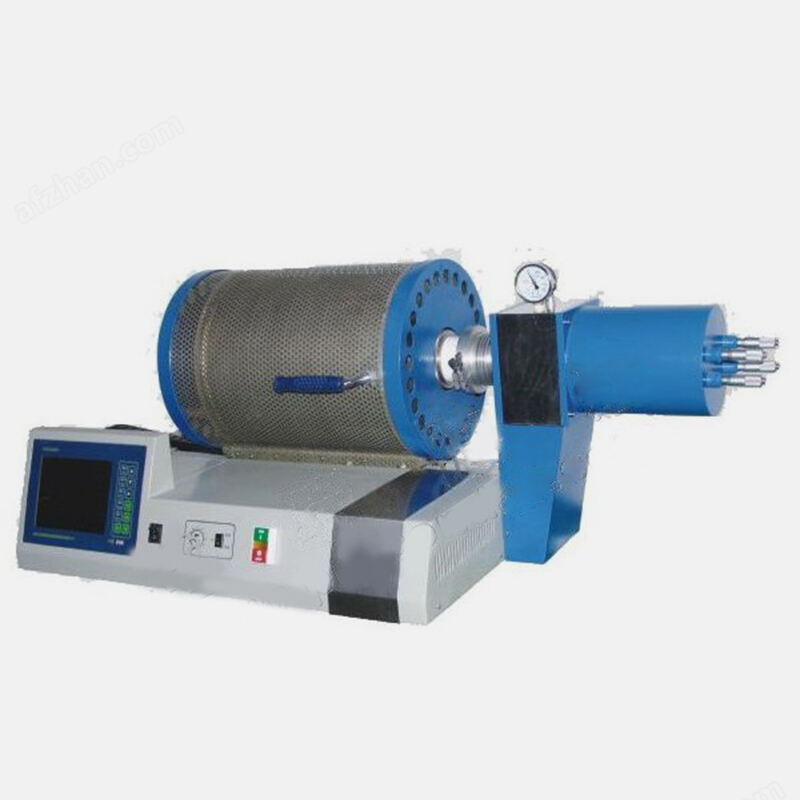Memberi tahu Anda tentang tungku tiup abu uji api
Tungku uji api adalah metode pengujian material logam tradisional yang digunakan untuk menentukan kemurnian logam mulia seperti emas. Prinsipnya didasarkan pada perbedaan suhu dan ketahanan terhadap oksidasi antara logam mulia dengan logam pengotor lainnya. Pertama, sampel logam mulia ditempatkan di dalam tungku dan dipanaskan hingga suhu tinggi. Kemudian, sejumlah abu uji (yang terutama terdiri dari oksida logam seperti perak, tembaga, dan besi) ditambahkan. Udara ditiupkan ke dalam tungku menggunakan pipa tiup untuk membakar sampel. Dengan mengamati perubahan warna sampel dan reaksi abu uji, kemurnian sampel logam mulia serta jenis dan kadar pengotor yang ada dapat ditentukan.
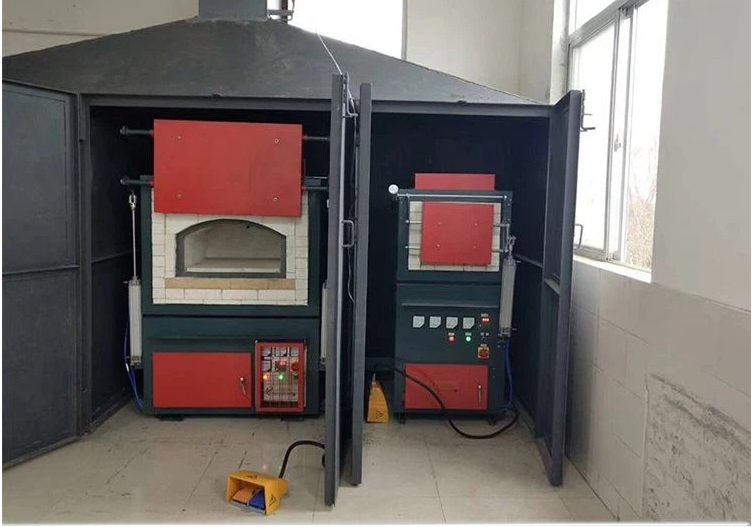
Tungku uji api umumnya digunakan di laboratorium analisis logam. Fungsinya adalah memecah sampel pada suhu tinggi, kemudian menentukan elemen-elemen tertentu yang terkandung di dalamnya. Hal-hal berikut perlu diperhatikan saat menggunakan alat ini.
Saat menggunakan tungku uji api, petugas khusus harus bertugas dan tidak boleh meninggalkan laboratorium selama operasi berlangsung untuk mengantisipasi keadaan darurat. Saat menggunakan tungku uji api, suhu harus dikendalikan sesuai dengan persyaratan pengujian guna menghindari pemanasan berlebih yang berbahaya. Selain itu, hindari operasi yang tidak tepat selama pemanasan karena dapat menyebabkan kenaikan suhu secara tiba-tiba. Saat melakukan eksperimen menggunakan tungku uji api, wadah dan reagen yang sesuai harus digunakan. Penggunaan bahan yang tidak tepat dapat dengan mudah menyebabkan ledakan dan bahaya lainnya. Ventilasi yang baik harus dijaga selama eksperimen dengan tungku uji api untuk mencegah kebocoran zat berbahaya seperti asap dan gas beracun, yang dapat membahayakan kesehatan personel laboratorium.
Saat melakukan percobaan tungku uji api, langkah-langkah keselamatan pribadi harus diambil, seperti memakai kacamata pelindung dan menjaga permukaan kerja tetap kering untuk mencegah tergelincir dan jatuh. Langkah-langkah pencegahan ini dapat memastikan penggunaan tungku uji api yang aman dan efektif. Singkatnya, sangat penting untuk mematuhi peraturan laboratorium dan secara ketat mengikuti prosedur eksperimen yang ditetapkan guna memastikan kelancaran dan keamanan percobaan.
Produk Rekomendasi
Berita Terkini
-
Prinsip kerja dan jangkauan aplikasi pengujicoba keausan suhu lingkungan
2025-11-07
-
Reagen utama yang digunakan dalam uji api dan fungsinya
2025-10-13
-
Memberi tahu Anda tentang tungku tiup abu uji api
2025-09-23
-
Mesin pengujian ketahanan terhadap beban (RUL) dan deformasi mampat (CIC) umum masalah dan penangannya
2025-08-25
-
Cara menggunakan mesin fusi fluoresensi sinar-X di industri refraktori?
2025-08-18
-
Material apa saja yang cocok untuk pengujian pada tungku muffle suhu tinggi?
2025-08-14
-
Bekerja sama untuk menciptakan masa depan yang lebih baik: Mitra India Ants Prosys mengunjungi basis produksi JZJ Testing
2025-08-04
-
Mesin pelebur cetakan otomatis - peralatan inovatif untuk meningkatkan efisiensi eksperimental
2025-07-22
-
Metode Operasi dan Pencegahan Instrumen Ekspansi Suhu Tinggi
2025-07-14
-
Fungsi dan penggunaan tungku uji ketahanan panas
2025-07-01

 EN
EN
 AR
AR
 BG
BG
 FR
FR
 DE
DE
 HI
HI
 IT
IT
 PL
PL
 PT
PT
 RU
RU
 ES
ES
 TL
TL
 IW
IW
 ID
ID
 UK
UK
 VI
VI
 TH
TH
 TR
TR
 FA
FA
 MS
MS
 UR
UR
 BN
BN
 KM
KM
 LO
LO
 PA
PA
 MY
MY
 KK
KK

